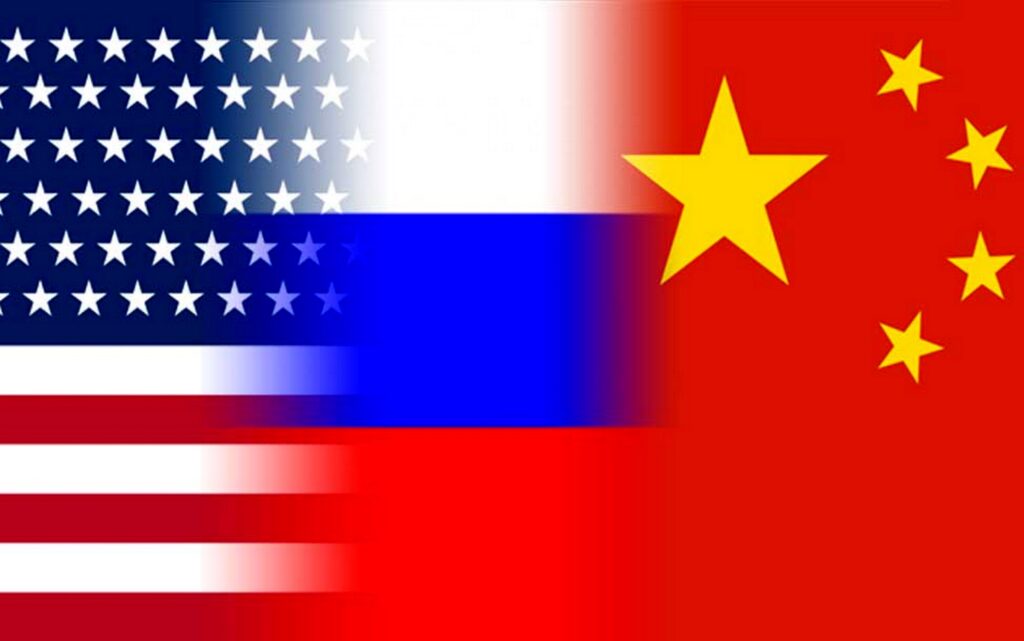Foreign Policy: China and Russia are ahead of the US in hypersonic missiles

A report by the Foreign Policy magazine confirmed that China and Russia are leading the race to develop hypersonic missiles, while the United States is trying to catch up with this technology through new programs expected to enter service soon.
At Beijing’s massive military parade celebrating the end of World War II in the Pacific, China displayed its line of supersonic anti-ship missiles, an implicit warning that America’s $13 billion aircraft carriers could become potential targets in any future conflict.
The competition is not limited to China. Russia has also made significant strides in deploying hypersonic missiles, including the Avangard and Zircon glide missiles, as well as the Kinzhal missile, which is derived from older ballistic missile technology.
Moscow has announced that these weapons are no longer in development and are currently being produced for its forces.
For its part, the United States remains relatively behind in the field of hypersonic missiles, although its making progress on programs such as the Black Eagle, the ARRW glide vehicle, and the hypersonic attack cruise missile (HACM), with actual production expected to begin between 2026 and 2027.
Experts have pointed out that Washington’s slow pace in developing these weapons may appear greater than it actually is, noting that despite China and Russia’s advancements, their capabilities may be limited compared to the United States, which possesses more strategic objectives and a diverse array of methods for bypassing enemy air defenses, such as a fleet of stealth aircraft and multiple aircraft carriers.
According to Tom Karako, a US missile defense expert, the United States hasn’t yet shown tangible evidence of allocating significant budgets for a complete shift to hypersonic weapons, while Todd Harrison of the American Enterprise Institute noted that for Washington, these weapons represent a specialized capability rather than an open technological race.
The Foreign Policy’s report concluded by saying that the United States’ interest in bridging the gap with Russia and China is growing, but the speed of implementation of the allocated programs and budgets remains questionable in light of the existing technical and political challenges.







